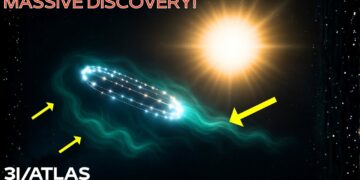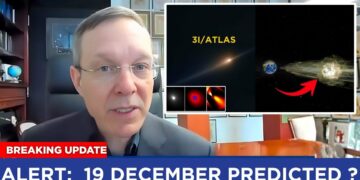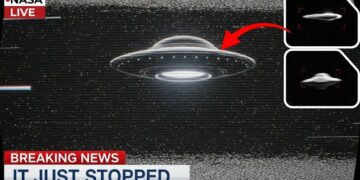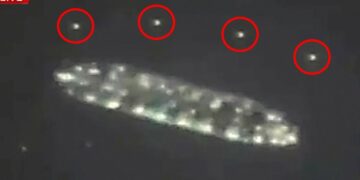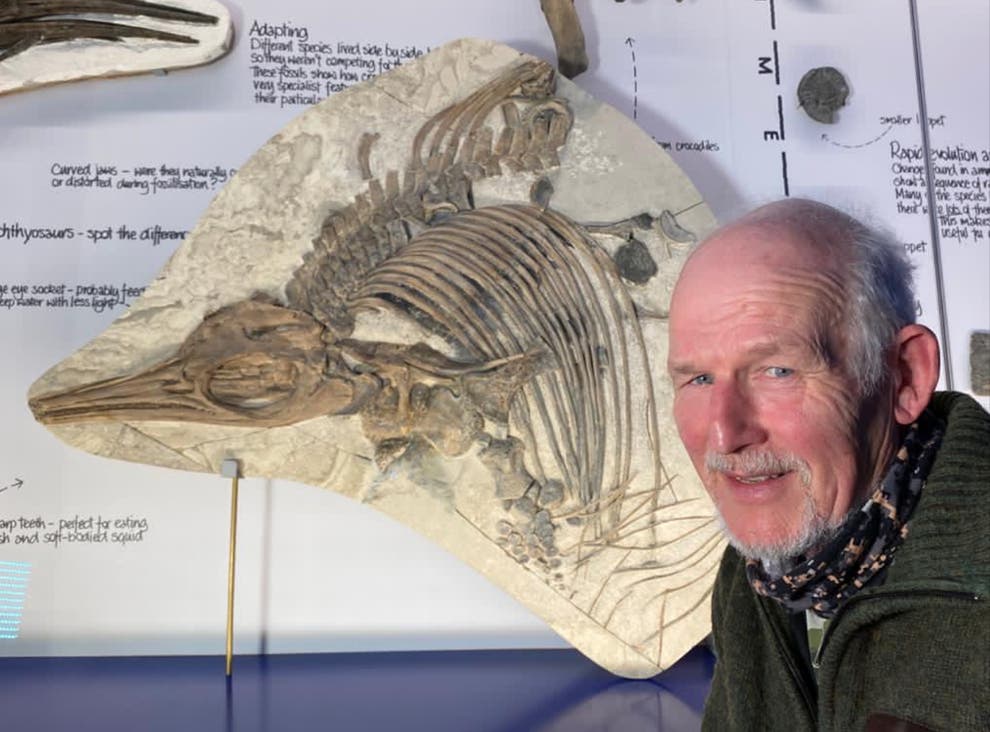NASA has announced that its Voyager 1 probe, a 1970s spacecraft drifting 15 billion miles from Earth, is once again sending usable data. Launched on September 5, 1977, Voyager 1 was designed to transmit data without turning or listening, powered by 800 watts of plutonium and a memory smaller than a single JPEG. It passed Jupiter, Saturn, Pluto, and crossed the heliopause in 2012, entering interstellar space where the sun’s influence fades. For 46 years, it operated silently until an inexplicable event occurred: its antenna shifted toward an empty patch of sky, and something responded—not from Earth or any known source.
The Shift
In interstellar space, beyond the sun’s magnetic field, Voyager 1 unexpectedly adjusted its orientation without command, aiming at a seemingly empty region with no stars or galaxies. This was illogical for a spacecraft not built to react to its surroundings. On November 6, 2023, it sent distorted data, triggering its fault protection systems without a clear cause. Telemetry logs became unreadable, clocks desynced, and the spacecraft turned without using thrusters, as if nudged by an invisible force. NASA ruled out cosmic radiation, hardware failure, or external impacts, confirming a deliberate reorientation with no explainable trigger.
The Null Void
Voyager’s sensors detected a torque event—a physical rotation without propulsion—aimed at a theoretical “null zone” where gravitational forces cancel out. The spacecraft, unequipped to detect such zones, locked its antenna on this point, as if receiving something. NASA’s diagnostics found no system failures, electromagnetic pulses, or debris impacts, leaving an external interaction as the only explanation. The shift felt intentional, as if something understood Voyager’s design and subtly altered its course.
Targeted Sound and Data
Post-reorientation, Voyager’s plasma wave subsystem detected a steady 3,000-hertz tone, dubbed the “plasma melody.” Unlike typical space noise, it was structured, with mirrored patterns and precise intervals resembling music. Buried in the signal was data—hexadecimal strings, recursive formulas, prime number chains, and fractal symmetry—far beyond Voyager’s capabilities. This data, formatted in ways the probe couldn’t produce, suggested an external source had embedded it, using Voyager as a conduit to Earth. The signal was precise, targeting Voyager alone, unlike other probes like Pioneer or New Horizons.
Halo in the Dark
Ground observatories scanned the region Voyager faced, initially finding nothing. Weeks later, a faint, flickering halo appeared, responding to solar flares with timed pulses, suggesting intentional movement. This glow, not a reflection, hinted at something active and aware in the void.
Silence and Return
Voyager went silent for 12 hours, an unprecedented event in its decades of operation. When it resumed, its internal clock had reset, and its data stream carried unfamiliar timestamps, as if it had briefly existed elsewhere. The probe felt altered, though no mechanical changes were detected.
Cosmic Microwave Background Anomaly
The European Space Agency examined cosmic microwave background (CMB) data along Voyager’s trajectory, discovering a structured ripple predating the event. This anomaly, present in decades-old readings from multiple missions, aligned perfectly with Voyager’s new course, suggesting the universe’s background static had anticipated the probe’s position.
The Message
The signal’s complexity defied NASA’s decoding tools. Using a Majorana 1 quantum processor, researchers uncovered a structured “sentence” ending in a single line: “Are you ready to listen?” The signal included a 30,000-hertz tone with musical qualities—palindromic melodies and timed silences—unlike natural phenomena. It abruptly stopped, as if intentionally silenced.
A Response, Not a Signal
The data suggested Voyager hadn’t received a random transmission but had triggered a response. The signal’s rhythm and structure aligned with Voyager’s entry into the null zone, as if something detected and reacted to the probe, responding with deliberate precision.
NASA’s Response
Publicly, NASA described the event as a signal anomaly under analysis. Internally, it sparked urgency: high-level meetings, rerouted resources, and Department of Defense interest. The signal’s precision, defying known physics, and Voyager’s behavior—turning, blacking out, and returning with advanced data—suggested an encounter with something beyond human technology. Engineers termed it a “field interaction,” where an purposeful energy field moved with Voyager, sharpening its signal with controlled precision.
Voyager wasn’t alone. Something found it, waited, and answered, leaving NASA grappling with a truth they couldn’t fully explain: a 1970s probe had encountered something that broke the rules of known science.


